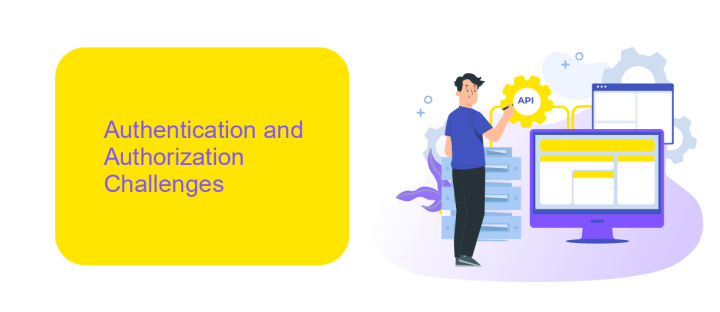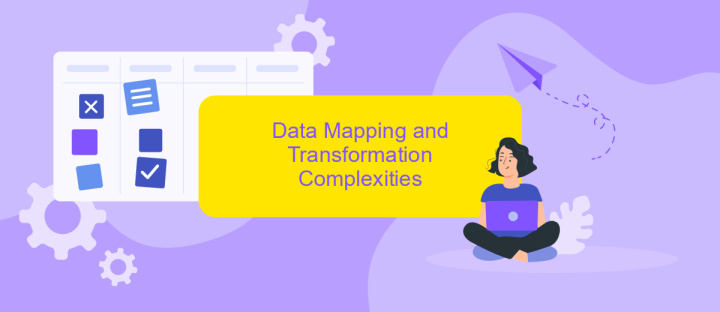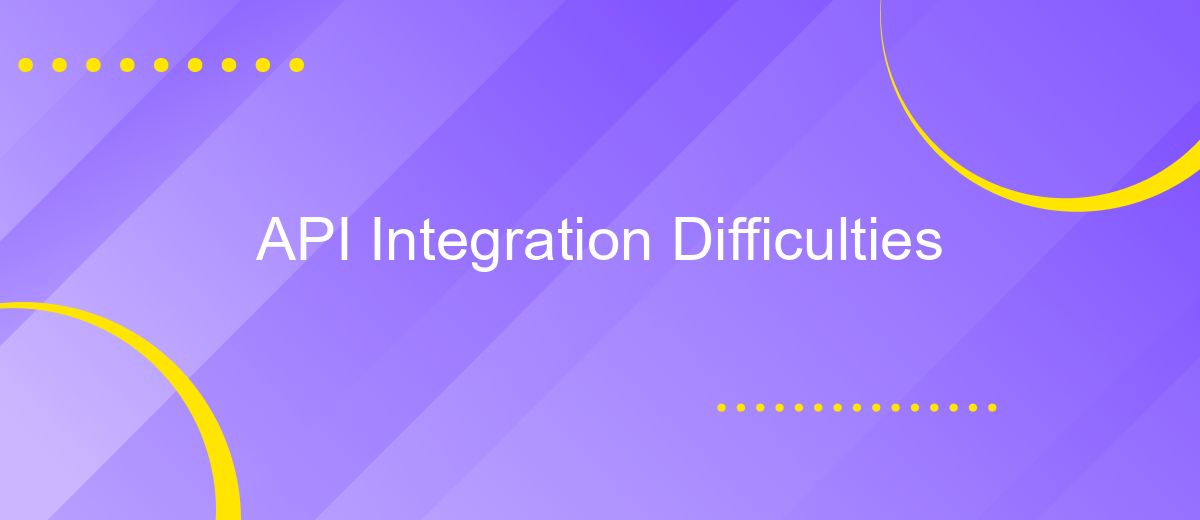API Integration Difficulties
In today's digital landscape, API integration is a cornerstone for seamless connectivity between diverse software systems. However, despite its critical role, developers often encounter a myriad of challenges during the integration process. From compatibility issues and security concerns to documentation gaps and performance bottlenecks, these difficulties can significantly hinder project timelines and outcomes. This article delves into the common obstacles faced in API integration and explores potential solutions.
Understanding the API Landscape
In today's digital world, APIs (Application Programming Interfaces) have become essential tools that enable different software systems to communicate and share data efficiently. They play a crucial role in modern software development, providing developers with the ability to integrate various services and functionalities seamlessly. Understanding the API landscape is vital for businesses seeking to enhance their digital capabilities and streamline processes.
- APIs can be categorized into different types, such as REST, SOAP, and GraphQL, each with its own protocols and use cases.
- Public APIs are available for external developers, while private APIs are restricted to internal use within an organization.
- API documentation is crucial for developers to understand how to effectively implement and use APIs.
- Security measures, such as authentication and encryption, are vital to protect data exchanged via APIs.
By comprehending the diverse API landscape, businesses can leverage these interfaces to foster innovation, improve interoperability, and gain a competitive edge. As technology continues to evolve, staying updated with API trends and best practices will be essential for maximizing their potential and overcoming integration challenges.
Authentication and Authorization Challenges

One of the primary challenges in API integration is ensuring secure and reliable authentication and authorization processes. These processes are crucial for verifying the identity of users and granting appropriate access levels to resources. However, implementing them can be complex due to the variety of authentication methods such as OAuth, API keys, and tokens. Each method has its own strengths and weaknesses, and selecting the right one depends on the specific requirements of the application. Moreover, maintaining security while managing user credentials and permissions adds another layer of complexity, often requiring continuous monitoring and updates to address potential vulnerabilities.
To simplify these challenges, services like ApiX-Drive offer solutions that streamline the integration process. ApiX-Drive provides a user-friendly interface that allows businesses to connect various applications effortlessly while ensuring secure data exchange through robust authentication protocols. By automating the integration and authentication processes, ApiX-Drive helps reduce the risk of human error and enhances the overall security posture of the integrated systems. This approach not only saves time but also allows developers to focus on building more innovative features rather than dealing with the intricacies of authentication and authorization.
Data Mapping and Transformation Complexities

Data mapping and transformation are critical components in API integration, often posing significant challenges. The complexities arise from the need to accurately align data structures between disparate systems, ensuring seamless communication. This process demands a deep understanding of both the source and target data models, which can vary widely in terms of structure, format, and semantics. Inadequate mapping can lead to data loss, misinterpretation, and operational inefficiencies, making it a crucial focus area in integration projects.
- Identifying data model differences: Recognizing discrepancies in data types, formats, and structures between systems.
- Standardizing data formats: Converting data into a consistent format to facilitate smooth integration.
- Handling data transformations: Implementing logic to accurately transform data from one model to another.
- Ensuring data integrity: Maintaining accuracy and consistency of data throughout the integration process.
- Managing schema evolution: Adapting to changes in data models over time without disrupting integration.
Successfully navigating these complexities requires robust tools and strategies, such as automated mapping solutions and transformation engines. Additionally, collaboration between technical teams is essential to address these challenges effectively. By prioritizing data mapping and transformation, organizations can enhance their API integrations, leading to improved data flow and operational efficiency.
Error Handling and Debugging Strategies

Effective error handling and debugging are crucial when integrating APIs, as they ensure smooth operation and quick resolution of issues. Developers should implement robust error handling mechanisms to detect and manage unexpected situations gracefully. This involves catching exceptions, logging errors, and providing meaningful feedback to users or systems.
Debugging strategies are equally important in identifying and resolving issues during API integration. By employing systematic debugging techniques, developers can pinpoint the root cause of problems and implement solutions efficiently. Utilizing tools and practices that facilitate debugging can significantly reduce downtime and improve the overall reliability of the integration.
- Implement detailed logging to capture error messages and stack traces.
- Use version control to track changes and identify when issues were introduced.
- Leverage debugging tools specific to the programming language or framework in use.
- Conduct thorough testing, including unit and integration tests, to catch errors early.
By combining structured error handling with effective debugging strategies, developers can significantly enhance the stability and performance of API integrations. This proactive approach not only minimizes disruptions but also aids in maintaining a seamless user experience, ultimately leading to more reliable and efficient systems.


Maintaining and Scaling API Integrations
Maintaining and scaling API integrations require a strategic approach to ensure seamless functionality and adaptability to growing demands. As businesses evolve, their need for efficient data exchange between systems becomes crucial. Regular monitoring and updating of API connections are essential to maintain performance and security standards. This includes auditing API usage, managing version updates, and ensuring compatibility with new software releases. Implementing automated testing can help identify potential issues before they impact operations, thus preserving the integrity of integrations.
Scaling API integrations involves anticipating future needs and building flexible systems that can accommodate increased loads. Utilizing tools like ApiX-Drive can significantly ease this process by providing a user-friendly platform for managing and automating integrations without the need for extensive coding knowledge. ApiX-Drive allows businesses to connect various applications effortlessly, offering scalability and reliability as operations expand. By leveraging such services, organizations can focus on core activities while ensuring their API integrations are robust and scalable, ready to meet future challenges.
FAQ
What are common challenges faced during API integration?
How can I ensure data consistency during API integration?
What should I do if the API I am integrating with has poor documentation?
How can I automate API integration processes?
What steps can I take if I encounter authentication issues during API integration?
Routine tasks take a lot of time from employees? Do they burn out, do not have enough working day for the main duties and important things? Do you understand that the only way out of this situation in modern realities is automation? Try Apix-Drive for free and make sure that the online connector in 5 minutes of setting up integration will remove a significant part of the routine from your life and free up time for you and your employees.

